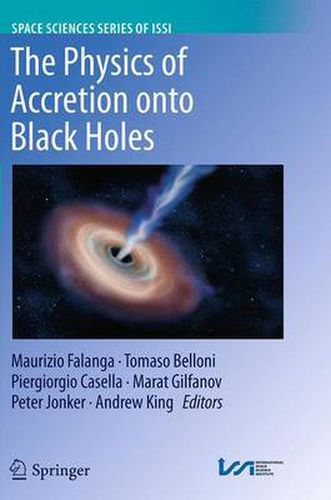Readings Newsletter
Become a Readings Member to make your shopping experience even easier.
Sign in or sign up for free!
You’re not far away from qualifying for FREE standard shipping within Australia
You’ve qualified for FREE standard shipping within Australia
The cart is loading…






Provides a comprehensive summary on the physical models and current theory of black hole accretion, growth and mergers, in both the supermassive and stellar-mass cases.
This title reviews in-depth research on accretion on all scales, from galactic binaries to intermediate mass and supermassive black holes. Possible future directions of accretion are also discussed. The following main themes are covered: a historical perspective; physical models of accretion onto black holes of all masses; black hole fundamental parameters; and accretion, jets and outflows. An overview and outlook on the topic is also presented.
This volume summarizes the status of the study of astrophysical black hole research and is aimed at astrophysicists and graduate students working in this field.
Originally published in Space Science Reviews, Vol 183/1-4, 2014.
$9.00 standard shipping within Australia
FREE standard shipping within Australia for orders over $100.00
Express & International shipping calculated at checkout
Provides a comprehensive summary on the physical models and current theory of black hole accretion, growth and mergers, in both the supermassive and stellar-mass cases.
This title reviews in-depth research on accretion on all scales, from galactic binaries to intermediate mass and supermassive black holes. Possible future directions of accretion are also discussed. The following main themes are covered: a historical perspective; physical models of accretion onto black holes of all masses; black hole fundamental parameters; and accretion, jets and outflows. An overview and outlook on the topic is also presented.
This volume summarizes the status of the study of astrophysical black hole research and is aimed at astrophysicists and graduate students working in this field.
Originally published in Space Science Reviews, Vol 183/1-4, 2014.